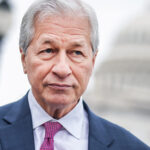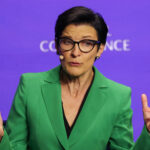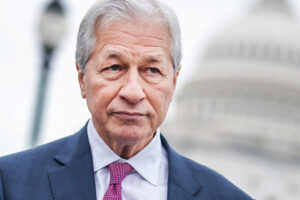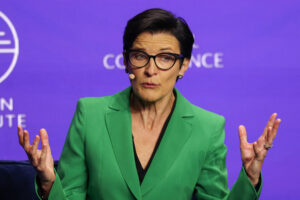
The 2-year Treasury yield fell to an almost two-week low on Wednesday even after data showed U.S. wholesale prices jumped in March.
Many investors were looking past headlines from Wednesday’s producer-price index and Tuesday’s consumer-price index reports; they’re focusing instead on the prospect that inflation could cool off.
What are yields doing?
- The 2-year Treasury note yield BX:TMUBMUSD02Y declined 4.7 basis points to 2.340% from 2.387% on Tuesday afternoon. That’s the lowest level since March 31, and the third consecutive trading day of declines, according to Dow Jones Market Data.
- The yield on the 10-year Treasury note TMUBMUSD10Y, 2.699% slipped 4 basis points to 2.688% from 2.724% at 3 p.m. Eastern on Tuesday, after factoring in reopening levels. The yield is down 9.1 basis points over the last two days.
- The 30-year Treasury bond yield TMUBMUSD30Y, 2.805% fell 3.1 basis points to 2.795% from 2.826% late Tuesday, snapping a streak of seven straight trading days of gains.
What’s driving the markets?
Treasury yields fell for a second day Wednesday despite U.S. data showing that the cost of wholesale goods and services jumped 1.4% in March, largely due to more expensive food and gasoline. Economists surveyed by The Wall Street Journal had expected the index to show a 1.1% monthly gain.
Meanwhile, the increase in wholesale prices over the past year jumped to 11.2%, the government said Wednesday, from 10% in the prior month. That’s the highest level since the early 1980s.
Read: Has U.S. inflation peaked? Don’t bet on it
Investors continue to remain focused on Tuesday’s release of the U.S. consumer-price index report, which has sparked debate over whether inflation has already peaked. The core reading of the March CPI — which strips out volatile food and energy prices — slowed, rising just 0.3% for the month versus expectations for a 0.5% rise. Meanwhile, the headline, year-over-year rate jumped to 8.5%, its hottest reading since 1981.
Read: Traders and investors may have bitten on a ‘head fake’ from a single soft U.S. inflation number
Traders have lowered some of their expectations for inflation based on Tuesday’s monthly core CPI reading, after having previously priced in very aggressive interest rate increases by the Federal Reserve, as well as a balance-sheet reduction.
See: Peak inflation? What’s next for U.S. as markets debate hottest CPI in more than 40 years.
What do analysts say?
- “While some of the factors that first boosted inflation to stratospheric levels last year, especially used cars, were down in price last month, there is scant evidence of inflation moderating,” FHN Financial’s Chris Low wrote in a note. “If anything, an increasing number of important price categories are seeing unusual price pressures, including rents, insurance, and medical care.”
- Société Générale’s Subadra Rajappa, head of U.S. rates strategy, told MarketWatch by email that “while it is hard to read too much into one print, (Tuesday’s) number bolsters the narrative that inflation is possibly peaking as we head into midyear when base effects are likely to support lower prints.”











